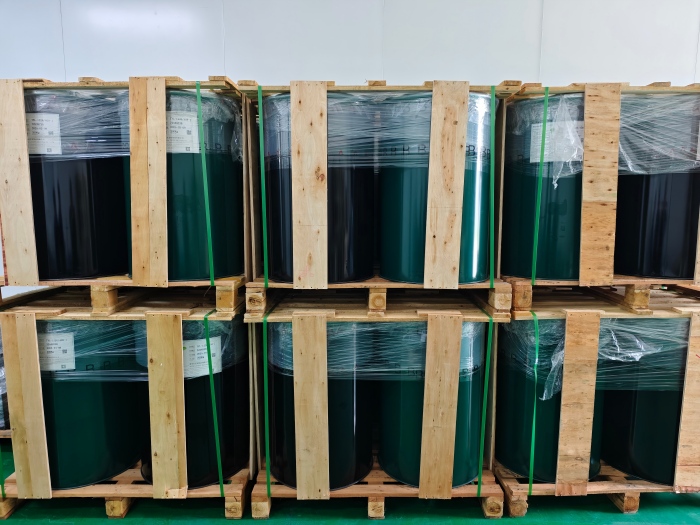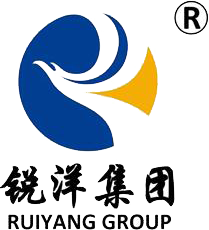
From Molecules to Finished Product: The Science Behind Cable Accessory Material Selection
2025-10-31 13:37In the demanding world of high-voltage engineering, where electrical stresses and environmental challenges converge, the true heroes are often the materials themselves. The selection of polymers and compounds for cable accessories—from stress cones and insulation to seals and sheaths—is a sophisticated discipline that bridges molecular science and electrical engineering. This critical choice determines not just initial performance, but whether a cable termination or joint will survive for decades, silently maintaining grid stability through temperature extremes, chemical exposure, and relentless electrical stress. The journey from raw chemical feedstock to a reliable field-ready component reveals a world where molecular architecture dictates macroscopic destiny.
The Molecular Foundation: Building Blocks of Performance
At the heart of every high-performance cable accessory lies a carefully engineered polymer system. The primary consideration begins with the backbone of the polymer chain itself. Silicone Rubber (SiR), a quintessential material for high-voltage applications, derives its exceptional properties from its unique silicon-oxygen (Si-O) molecular backbone. This structure, more flexible and chemically stable than carbon-carbon bonds found in organic rubbers, provides an unparalleled operating temperature range (-50°C to 180°C) and superior hydrophobicity. This hydrophobic nature is not a surface coating but an innate molecular property; the methyl groups attached to the silicon chain create a low-surface-energy interface that causes water to form discrete beads, effectively preventing the formation of a continuous conductive water film that could lead to tracking and flashover.
For other critical applications, Ethylene Propylene Rubber (EPR or EPDM) is selected for its fully saturated polymer backbone, which lacks the carbon-carbon double bonds that are vulnerable to ozone attack. This molecular characteristic makes it exceptionally resistant to degradation from corona discharge and atmospheric ozone, a key requirement for outdoor terminations. Meanwhile, Cross-linked Polyethylene (XLPE), while commonly used for cable insulation, is also employed in molded accessories for its excellent dielectric properties and high rigidity. The cross-linking process itself is a molecular transformation; using peroxides or silane agents, it creates stable carbon-carbon bridges between individual polymer chains, converting a thermoplastic material that could melt under heat into a thermoset, three-dimensional network. This network provides dimensional stability under thermal load, resistance to creep deformation under constant mechanical pressure from spring assemblies, and a marked improvement in chemical and crack resistance.

The Art of Formulation: More Than Just Base Polymer
A base polymer is merely a starting point. The transformation into a functional compound involves a precise "recipe" of additives, each performing a specific role at the micro and nano scale:
Reinforcing Fillers: Materials like fumed silica are incorporated into silicone rubber not as cheap fillers, but as nano-scale reinforcements. Their enormous surface area interacts with the polymer chains, drastically improving tear strength and preventing the propagation of small cuts—a critical failure mode during installation or service.
Semiconducting Compounds: The seamless control of the electric field in stress cones and conductive shields is achieved by loading insulating polymers like EPR with a precisely controlled percentage of carbon black. At a critical concentration, the carbon black particles form continuous conductive pathways (percolation paths) through the insulating matrix, creating a material with tailored resistivity that can smoothly grade electrical stress without creating dangerous concentrations.
Stabilizers and Co-agents: Antioxidants and heat stabilizers are added to scavenge free radicals generated by thermal and electrical stress, thereby slowing down the aging process. Cross-linking co-agents optimize the efficiency of the molecular bonding process, ensuring a uniform, defect-free network.
Validation Through Testing: Simulating a Lifetime of Service
The ultimate validation of material selection comes through accelerated aging tests that compress decades of service life into months or weeks. These tests, governed by standards like IEC 60502 and IEEE 48, are essentially brutal interrogations of the material's molecular integrity.
Thermal Cycling Tests subject the material to repeated heating and cooling, testing the resilience of the polymer chains and cross-links to thermo-mechanical stress.
Electrical Endurance Tests apply continuous elevated voltage and current cycles, probing for weaknesses that could lead to partial discharge inception or electrical treeing.
Environmental Exposure to UV radiation, ozone, and moisture validates the effectiveness of the stabilizers and the inherent resistance of the polymer backbone itself.
A material that fails these tests is not merely "rejected"; it sends engineers back to the molecular drawing board to reformulate the compound, adjust cross-linking density, or select an entirely different base polymer.
In conclusion, the silent, reliable operation of a cable accessory is a direct manifestation of its molecular design. The choice between silicone rubber, EPDM, or XLPE is not a simple catalog selection but a deep engineering decision based on a fundamental understanding of polymer chemistry and dielectric physics. From the flexible Si-O bond to the robust carbon-carbon cross-link, the secrets to withstanding kilovolts and decades of service are indeed encoded at the nanoscale, long before the finished product ever takes shape in a factory.
